The latest in Wabirdsim’s P-51D “Then and Now” series has just been released. The focus this time is on a 20th Fighter Group “Loco Buster”, flown by one of the greatest fighter pilots and leaders of WWII, as well as being reborn in the form of a benchmark setting restoration. The personal aircraft of Maj. Jack M. Ilfrey, CO of the 79th Fighter Squadron, P-51D-5-NA 44-13761 “Happy Jack’s Go Buggy” is recreated as it was in the summer of 1944, shortly after the aircraft began combat operations with the 20th, as well as in the fall of 1944, battle-hardened and re-finished with “piano keys”. Today, P-51D-30-NA 44-74452 flies in the markings of Ilfrey’s aircraft, as one of the most authentically restored Mustangs in existence. Fresh off of restoration in 2008, this product recreates the aircraft as it was on display at <st1:City w:st="on"><st1lace w:st="on">Oshkosh</st1
lace></st1:City> that summer, where it was awarded Warbird Grand Champion. Having since accumulated more wear and a few changes over the past few years, the same aircraft is also recreated as it is at this moment. Featuring a P-51D-5-NA and a P-51D-30-NA, this product provides a “book ends” type comparison between the earliest production variant of the P-51D, and one of the last. While keeping with the “Then and Now” series of two aircraft (a recreation of the original wartime aircraft, and a recreation of a Mustang today, restored and finished in the same markings), this particular product allows you to fly either the original aircraft, or the restored aircraft, at two different time frames for each<o
></o
>
<o></o
>
Variants include:<o></o
>
<o></o
>
- P-51D-5-NA (44-13761) July/August 1944<o></o
>
- P-51D-5-NA (44-13761) October/November 1944<o></o
>
- P-51D-30-NA (44-74452) <st1:City w:st="on"><st1lace w:st="on">Oshkosh</st1
lace></st1:City> Debut 2008<o
></o
>
- P-51D-30-NA (44-74452) At the Moment<o></o
>
<o></o
>
Here is the product page: http://warbirdsim.com/Store.do?state...=35&category=1
General Features Include:<o></o
>
<o></o
>
- “If it looks right, it is right”- Built from the ground up and exhaustively researched using original factory drawings, maintenance and assembly manual, pilot manuals, technical orders, and consulting and receiving advice from numerous Mustang restorers, maintainers, pilots, expert researchers, and historians.<o></o
>
- Authentic to factory production details throughout.<o></o
>
- Flight dynamics tuned and tested with a current P-51D owner and pilot. Two different flight models for the D-5-NA and D-30-NA variants.<o></o
>
- Sounds recorded from in-flight and high-power ground runs on the P-51D “Jumpin Jacques”, and includes the distinctive Mustang ‘howl’.<o></o
>
- Modern avionics, featuring a transponder, coms 1 & 2, a nav radio, and a VOR indicator gauge, are installed in the restored “HJGB”.<o></o
>
- Wartime models feature a working N-9 reflector gun sight, while the restored models feature a working K-14 gyro gun sight (with options for either the fixed reticle or the functioning gyro-controlled reticle). The K-14 can be removed.<o></o
>
- Fully modeled and detailed left gun bay.<o></o
>
- Correct WWII pilot gear for the 20th FG:<o></o
>
- A-11 leather flying helmet<o></o
>
- B-8 goggles<o></o
>
- A-14 oxygen mask<o></o
>
- B-3 life jacket<o></o
>
- S-2 parachute<o></o
>
- Flight suit and A-2 leather jacket<o></o
>
- Modern pilot option, with modern flight suit and HGU 55 helmet is provided on restored models (though a WWII-clad pilot is provided as default, with the same gear that the pilots that fly the aircraft today often wear whenever taking the aircraft out).<o></o
>
- Detailed and authentic aft cockpits, removable exhaust shrouds, tail wheel locking mechanism with control stick, correct internal and external details per variant, optional 108-gallon drop tanks, and more...<o></o
>
<o></o
>
Here are some screenshots, with more details to follow.
<o></o
>
<o
></o
>
<o></o
>
<o
></o
>
<o></o
>
<o
></o
>
<o></o
>
<o
></o
>
<o></o
>
<o
></o
>
<o></o
>
<o
></o
>
<o></o
>
<o
></o
>
<o></o
>

 FSX
FSX



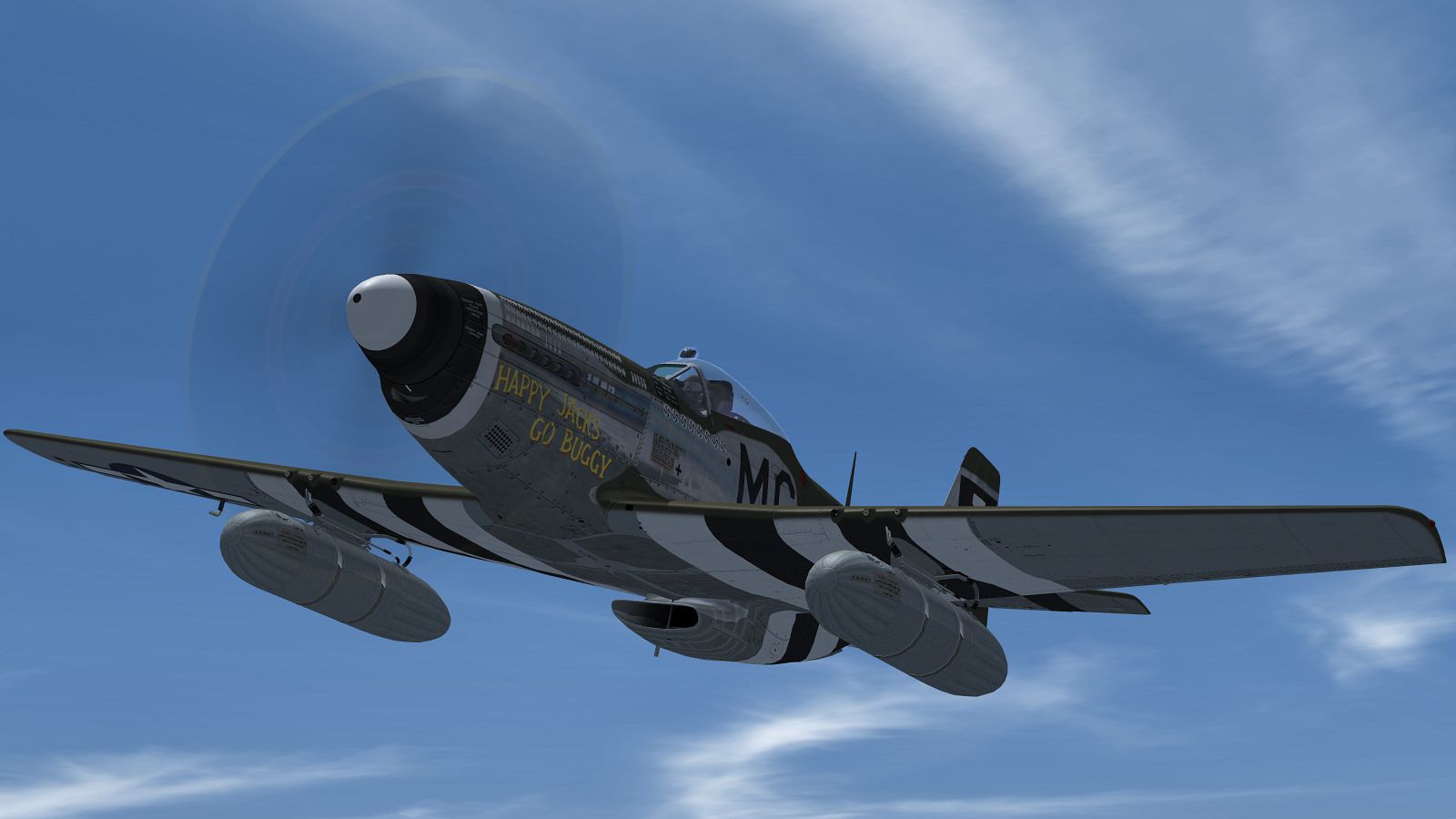

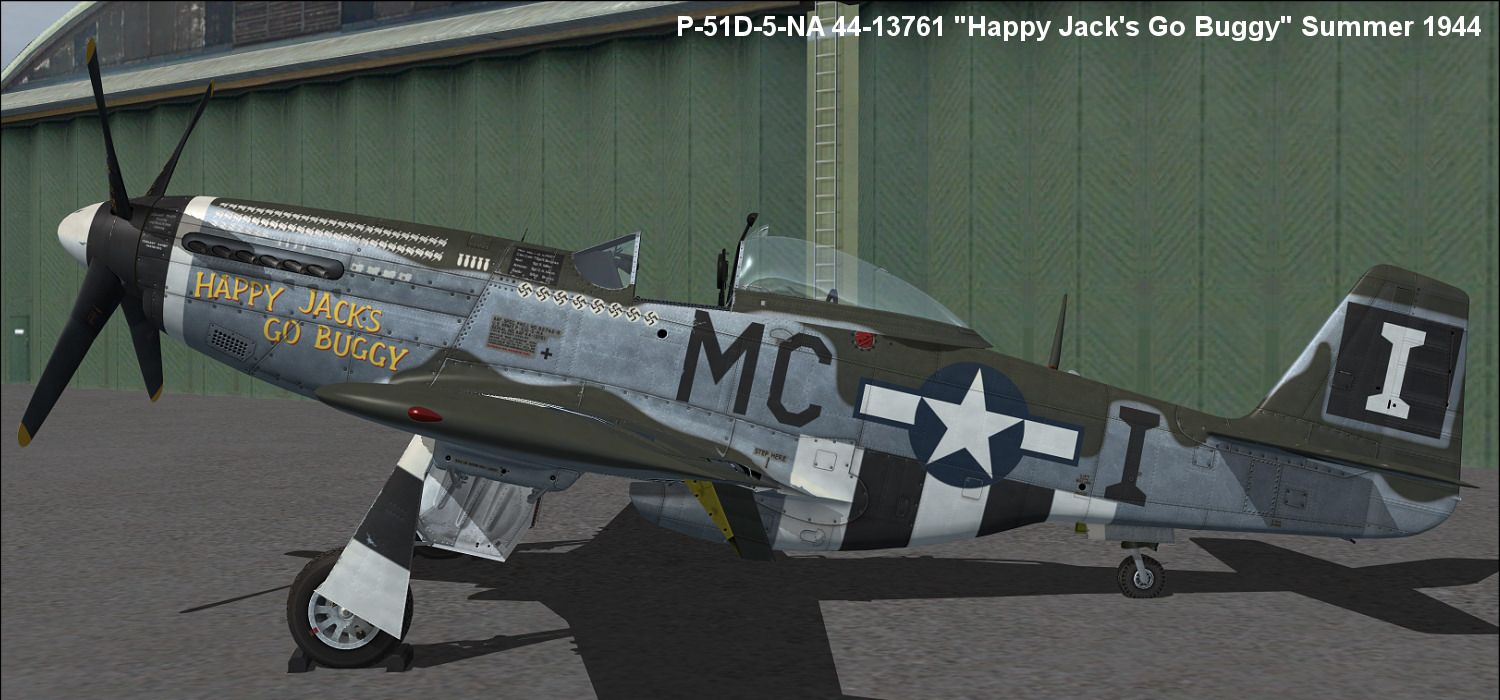 <o
<o <o
<o <o
<o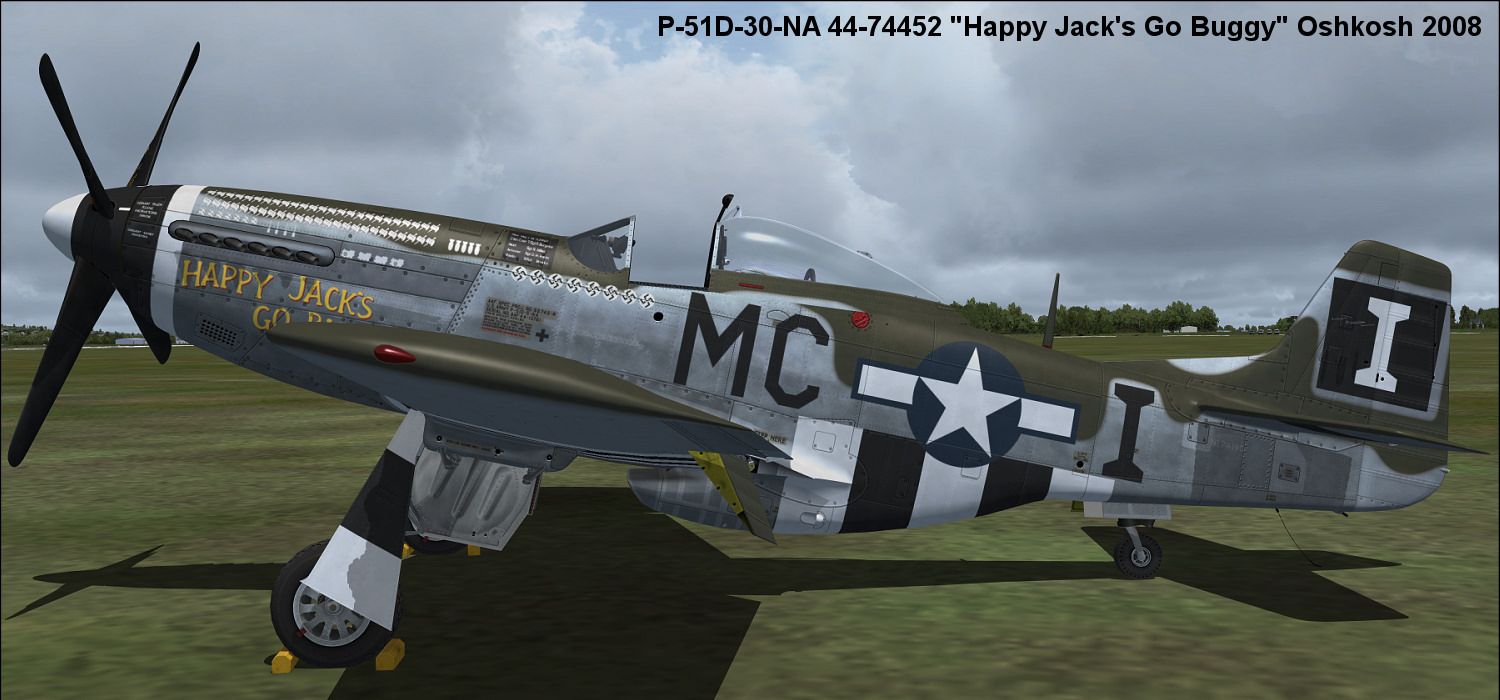 <o
<o <o
<o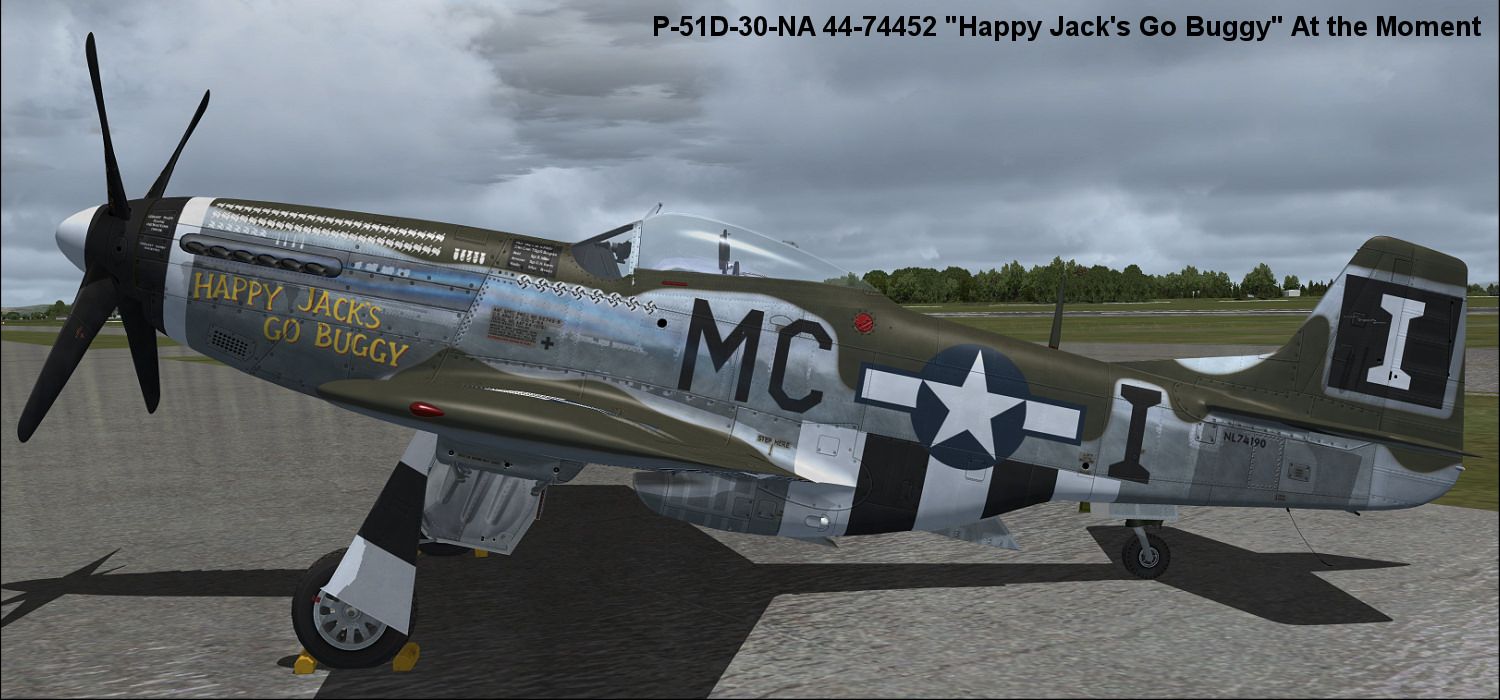 <o
<o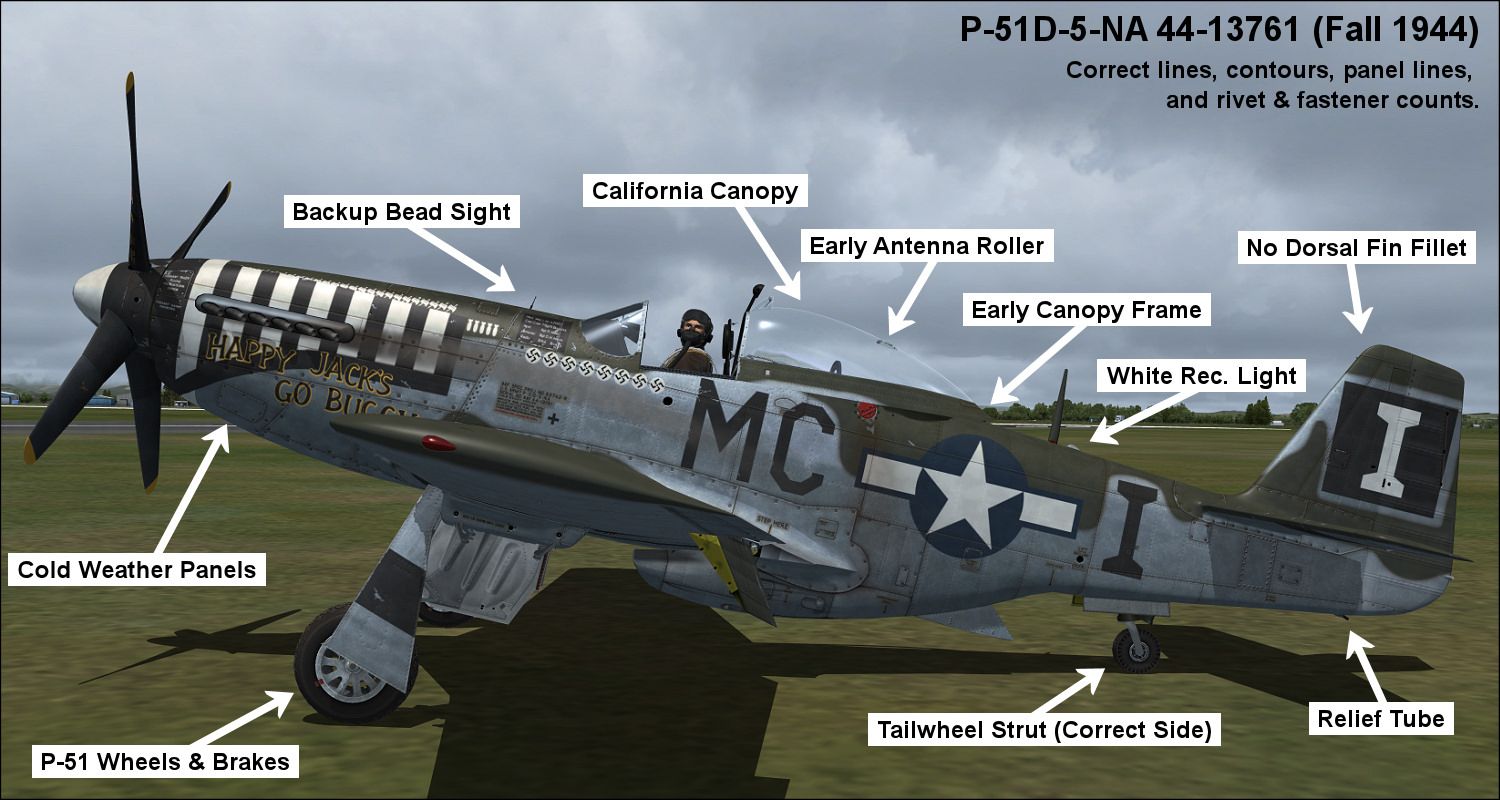 <o
<o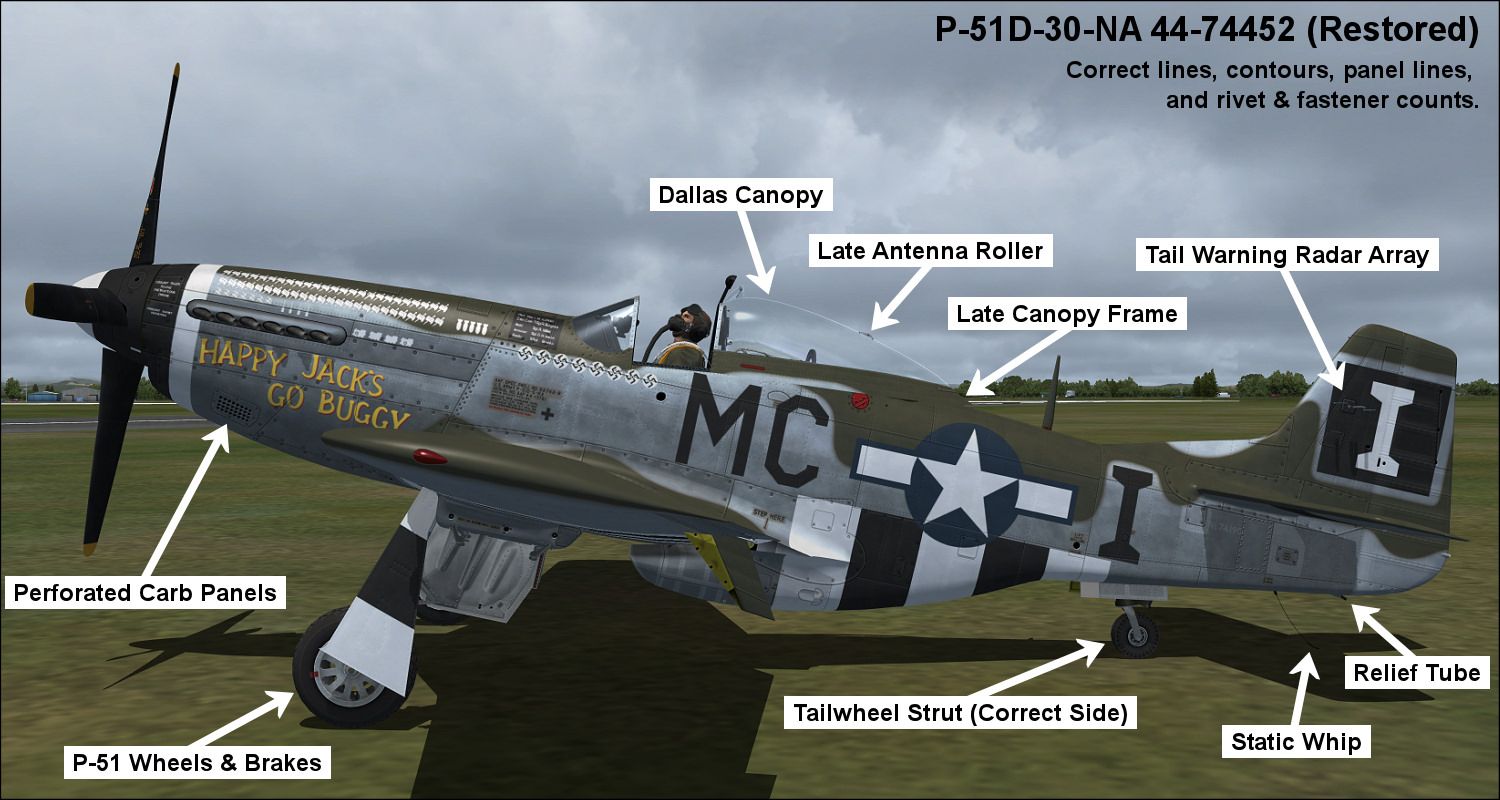 <o
<o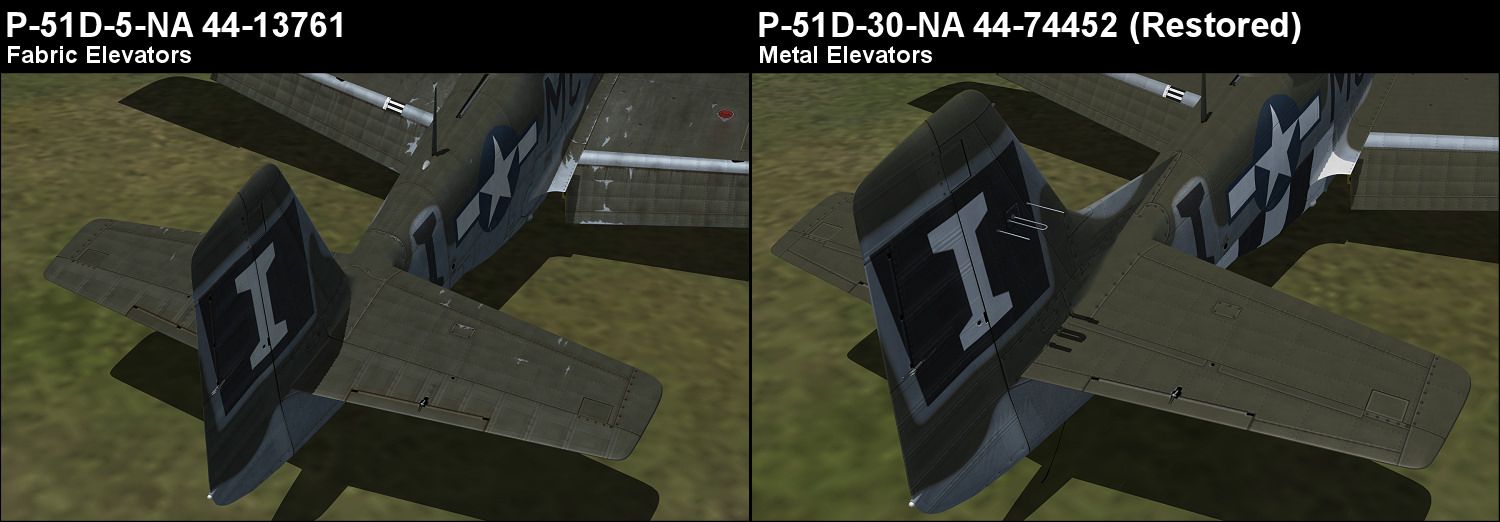 <o
<o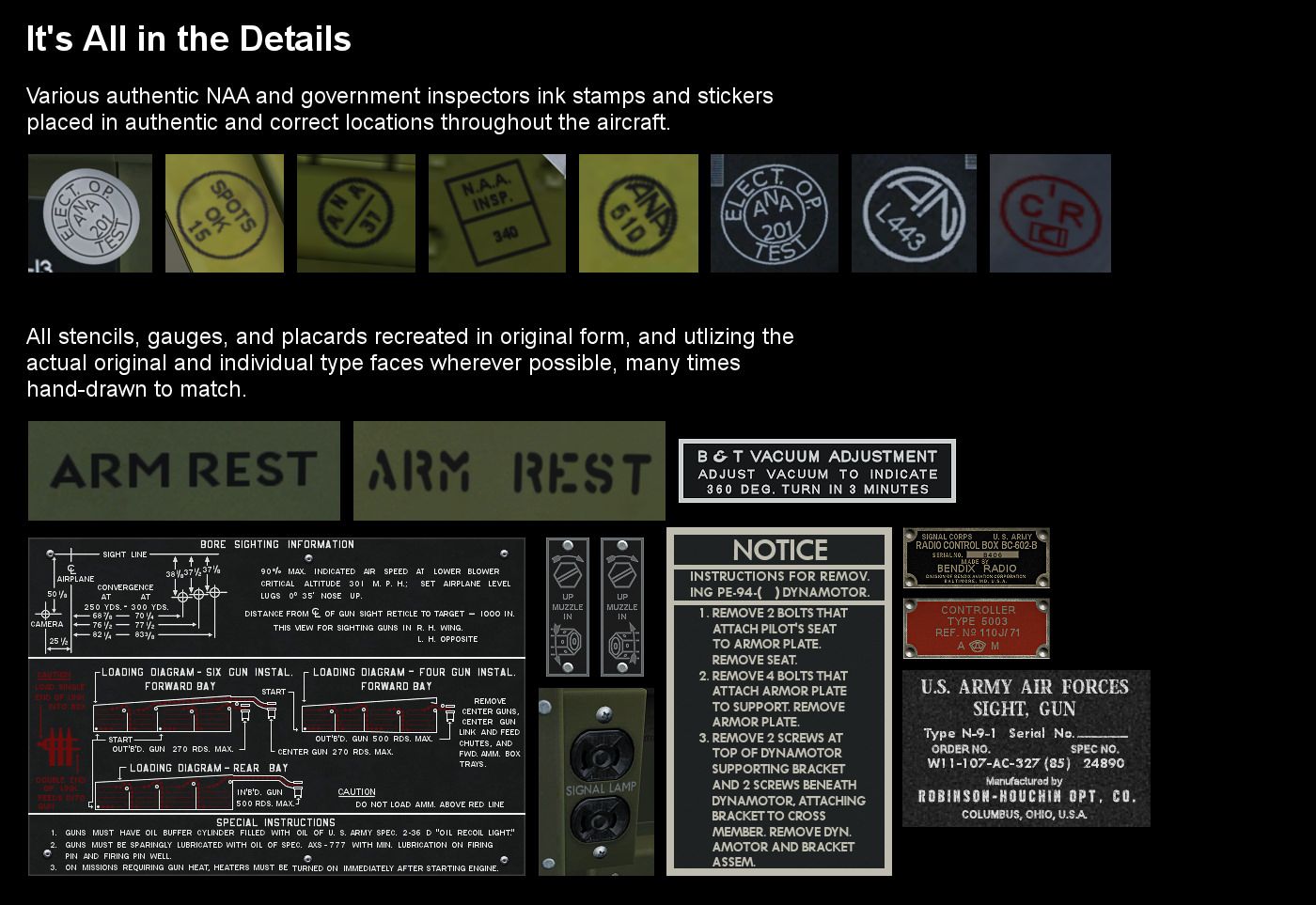

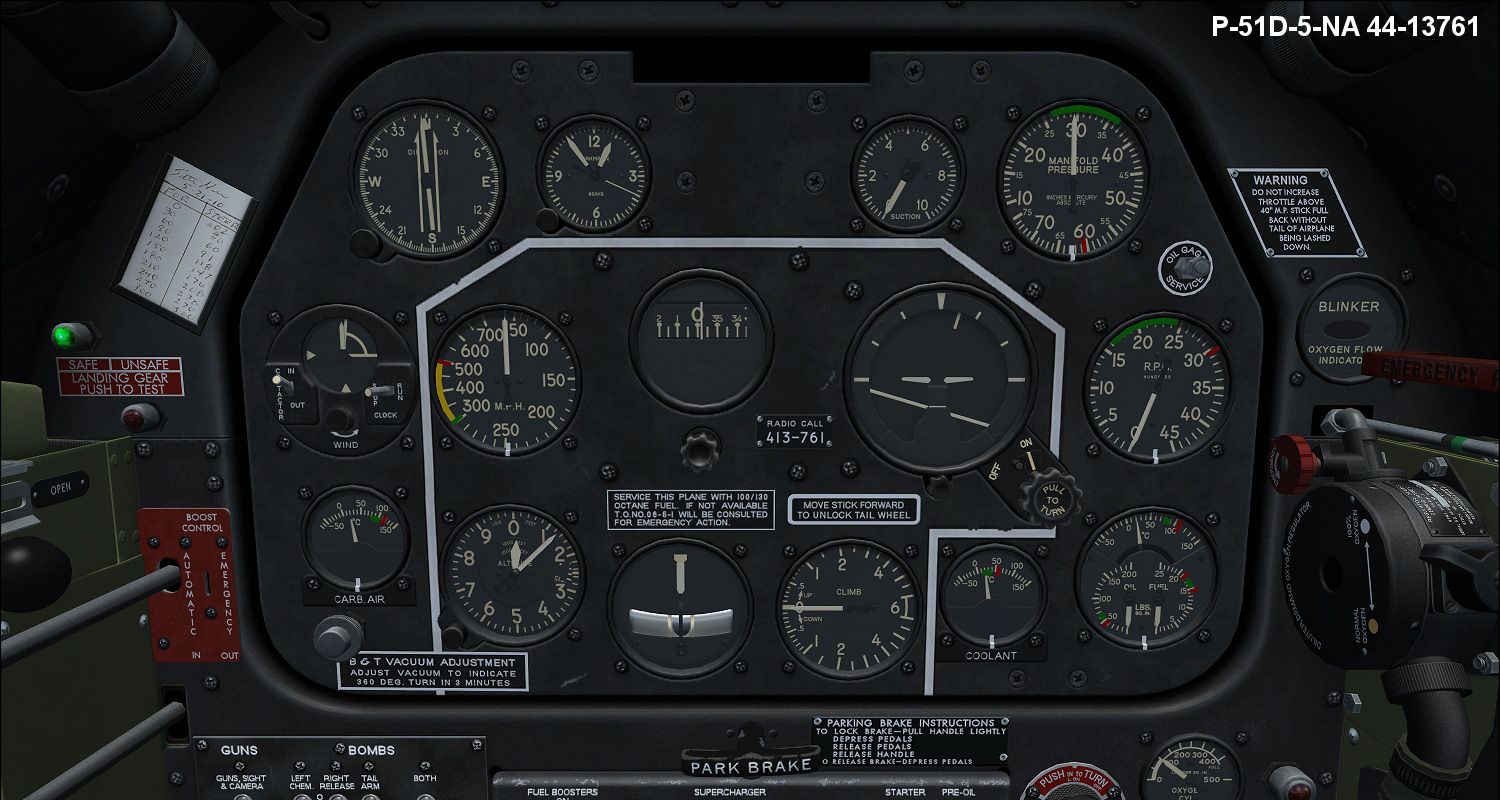 <o
<o <o
<o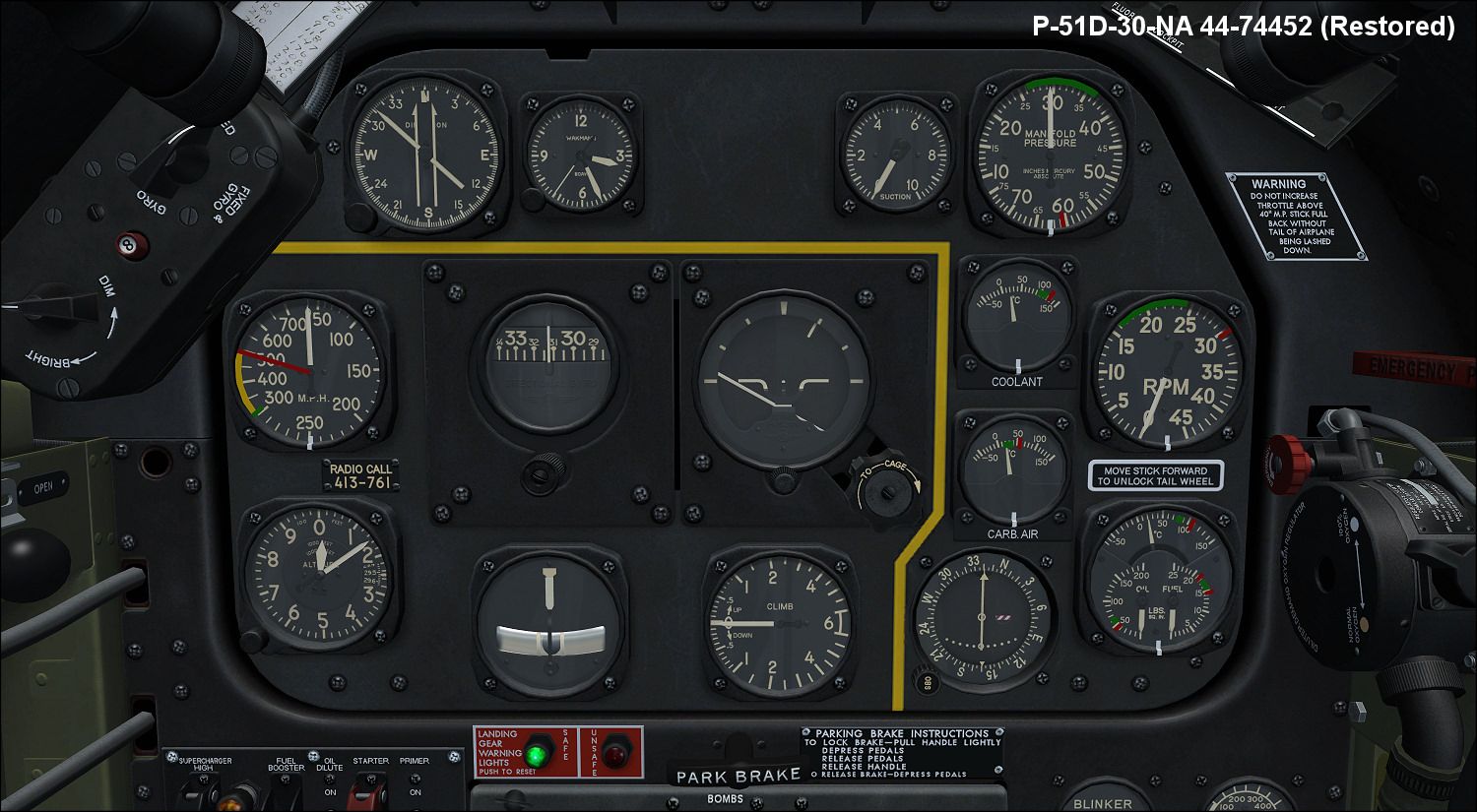
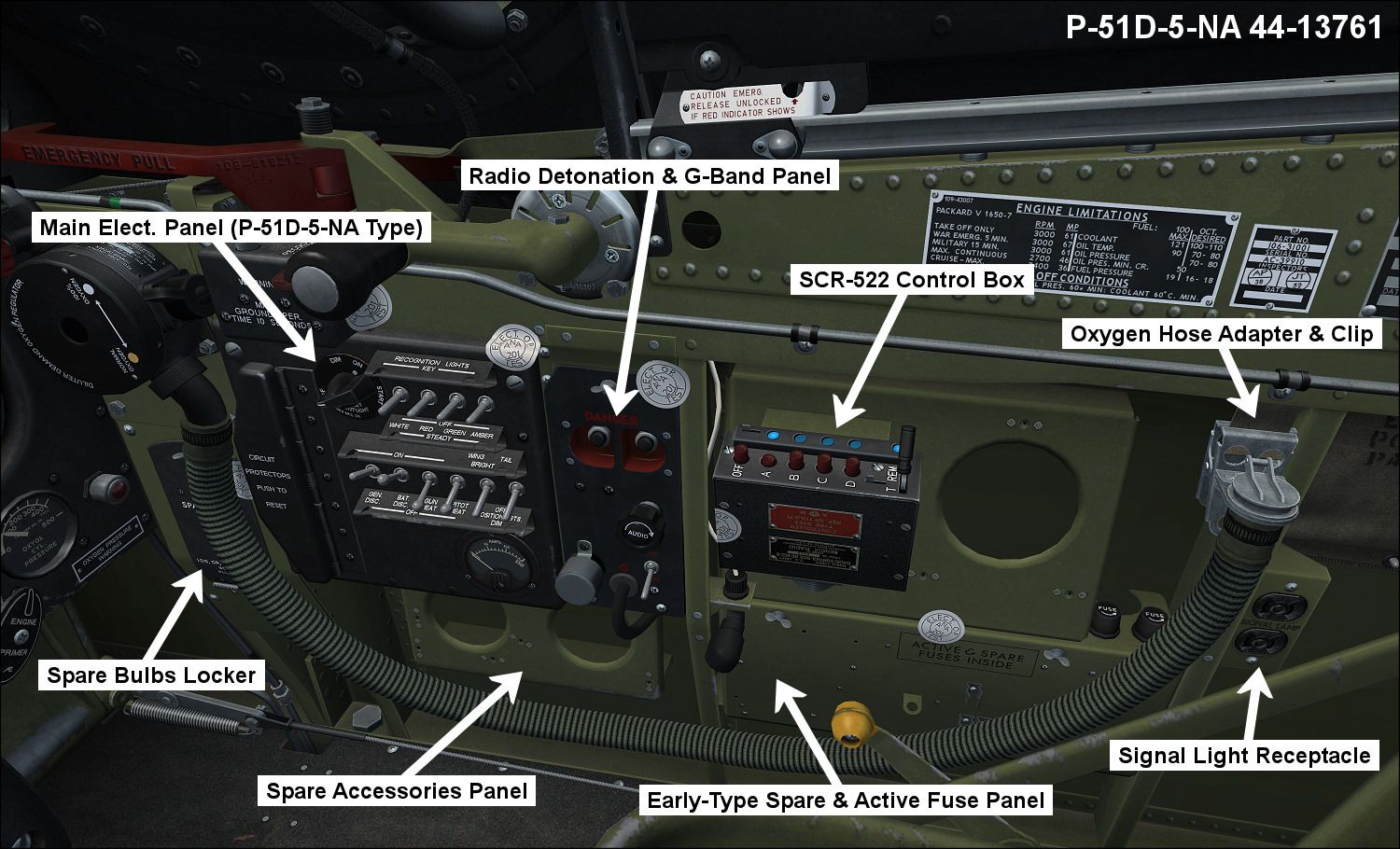 <o
<o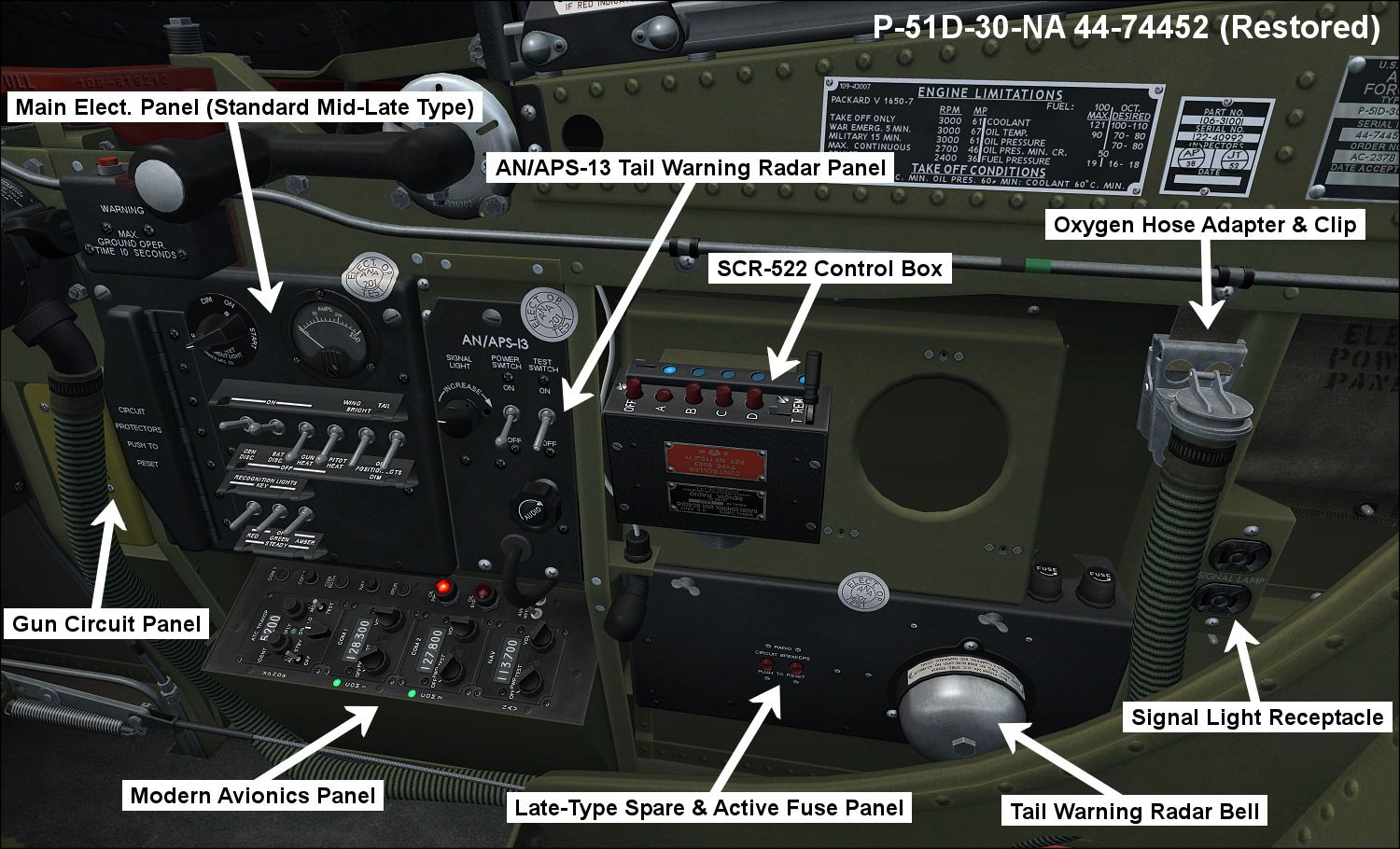 <o
<o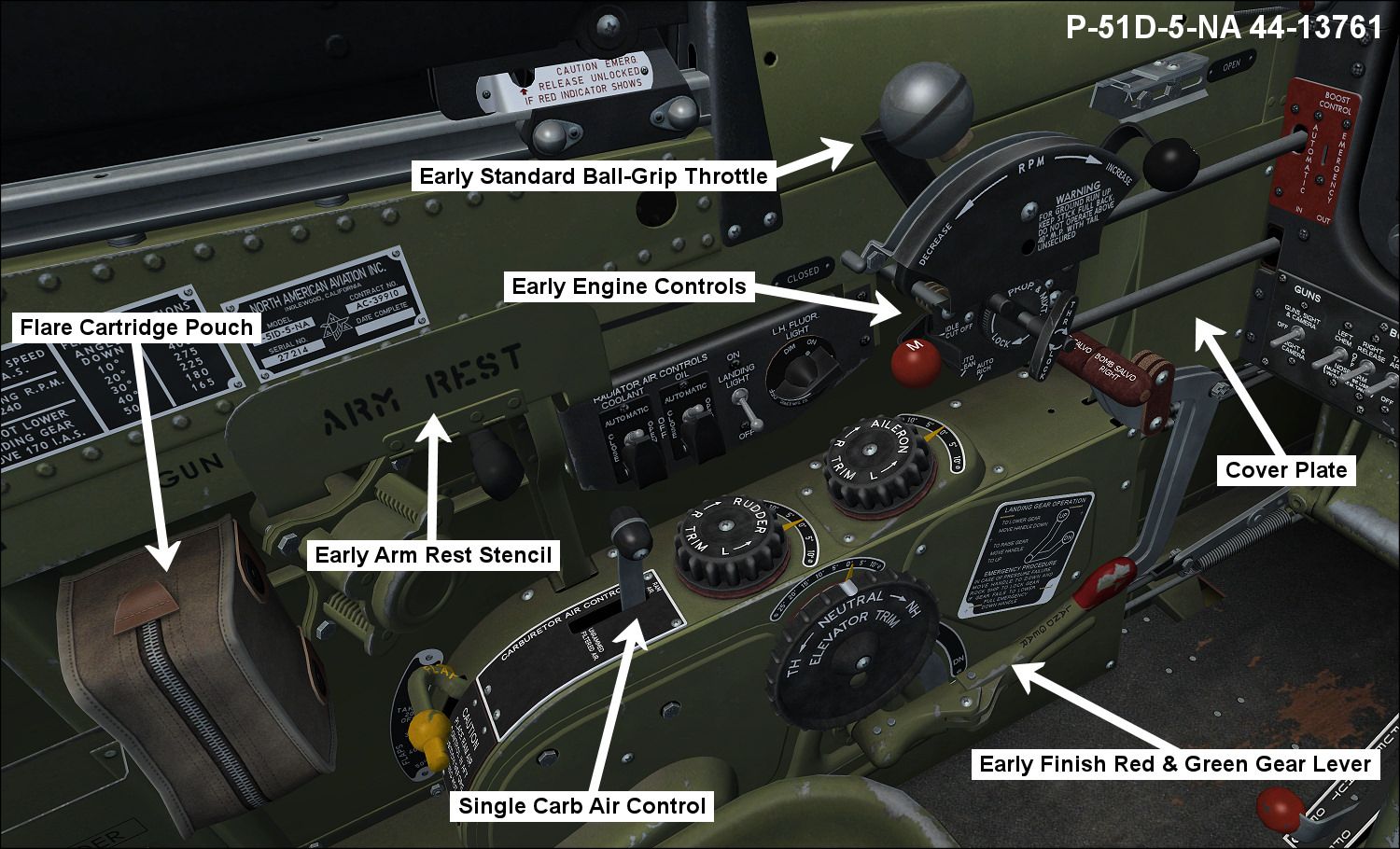 <o
<o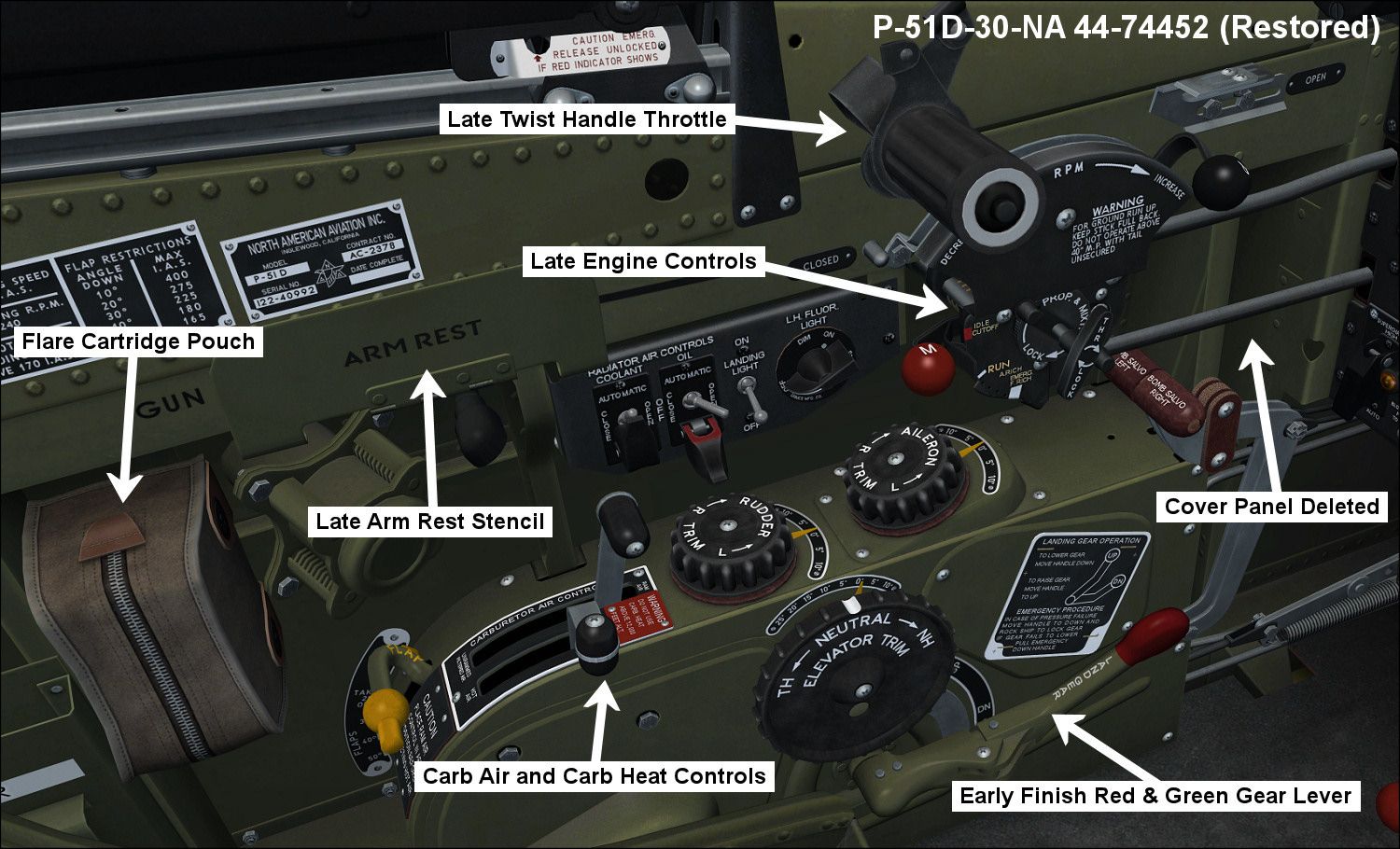 <o
<o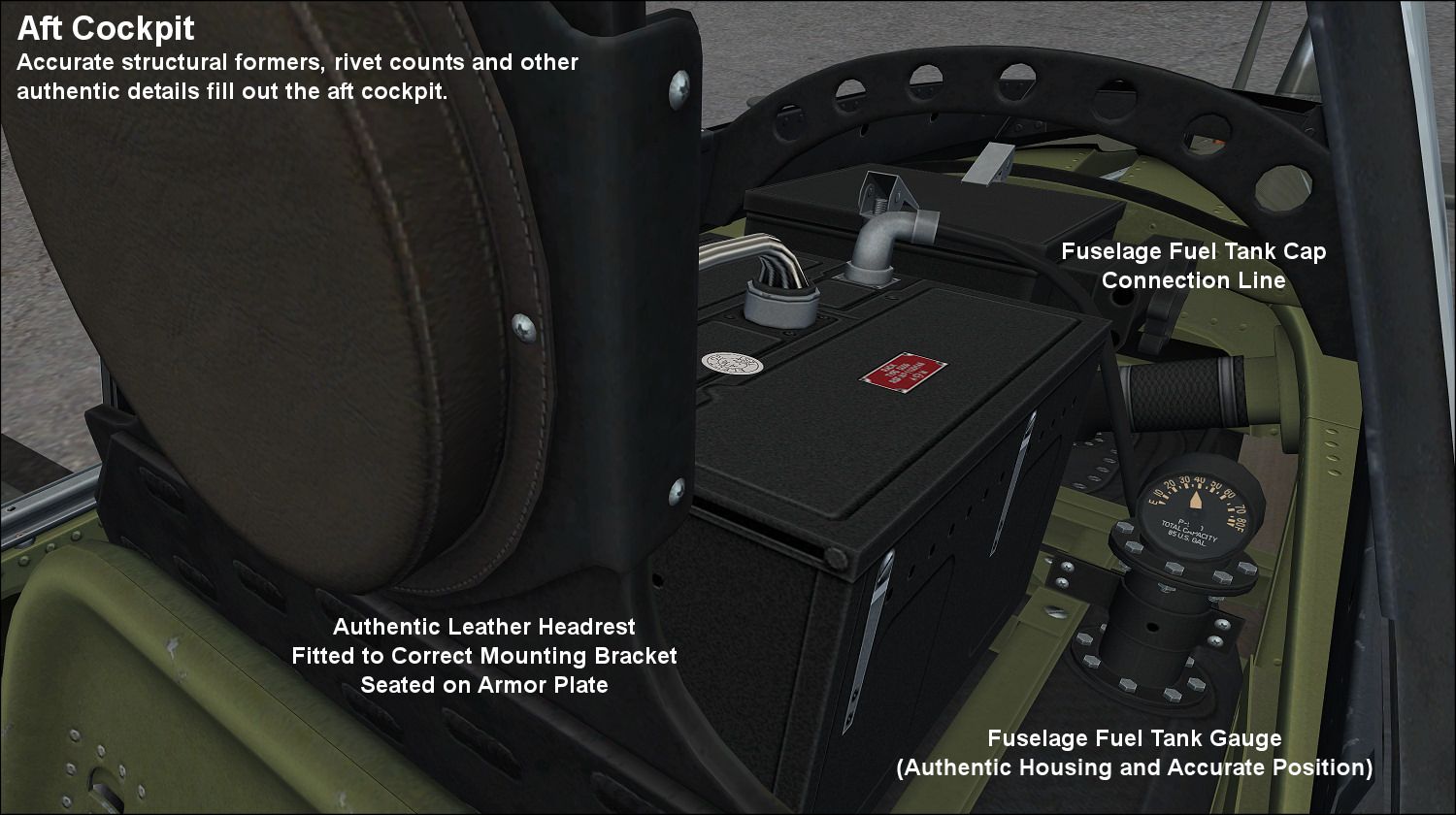 <o
<o
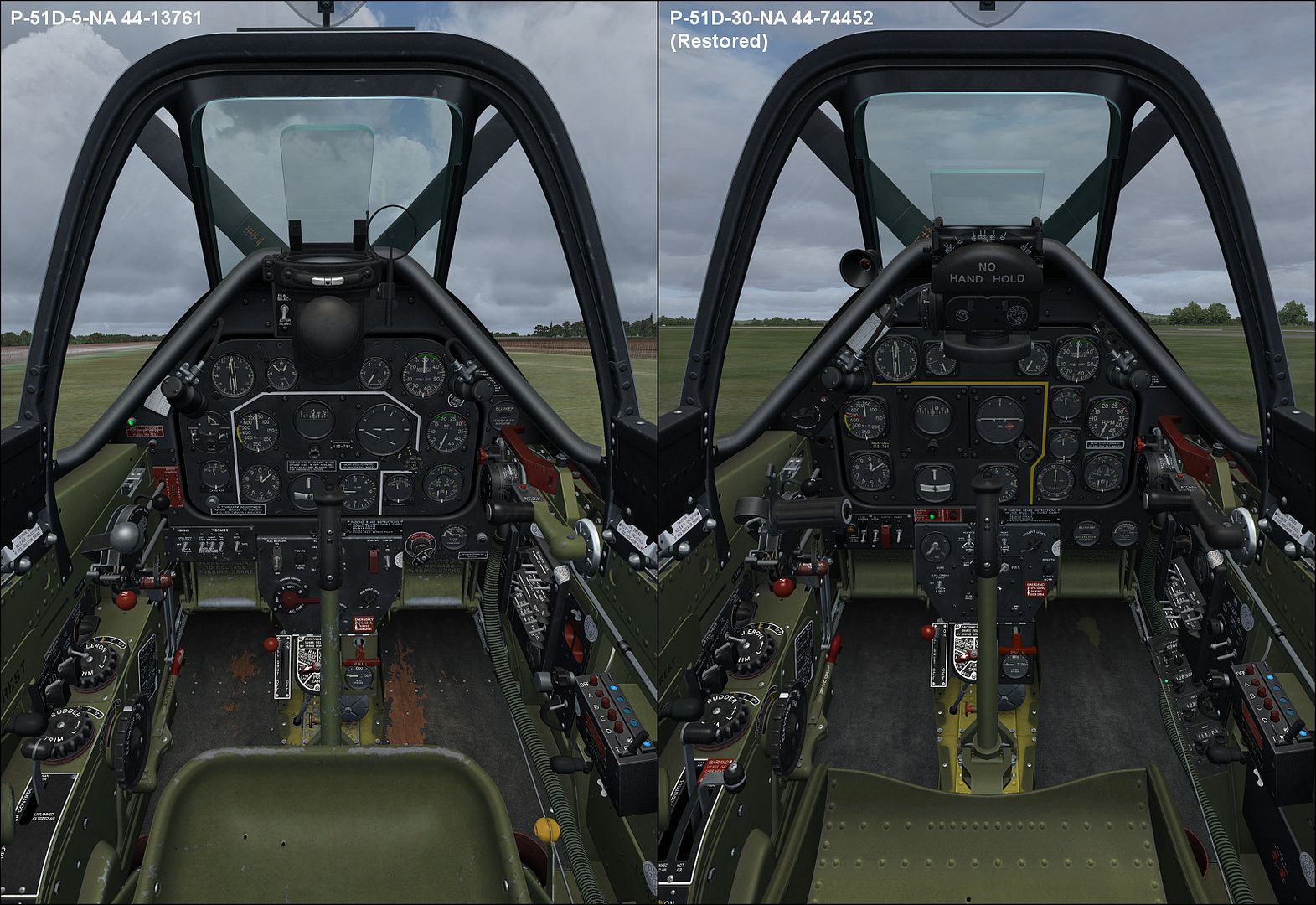
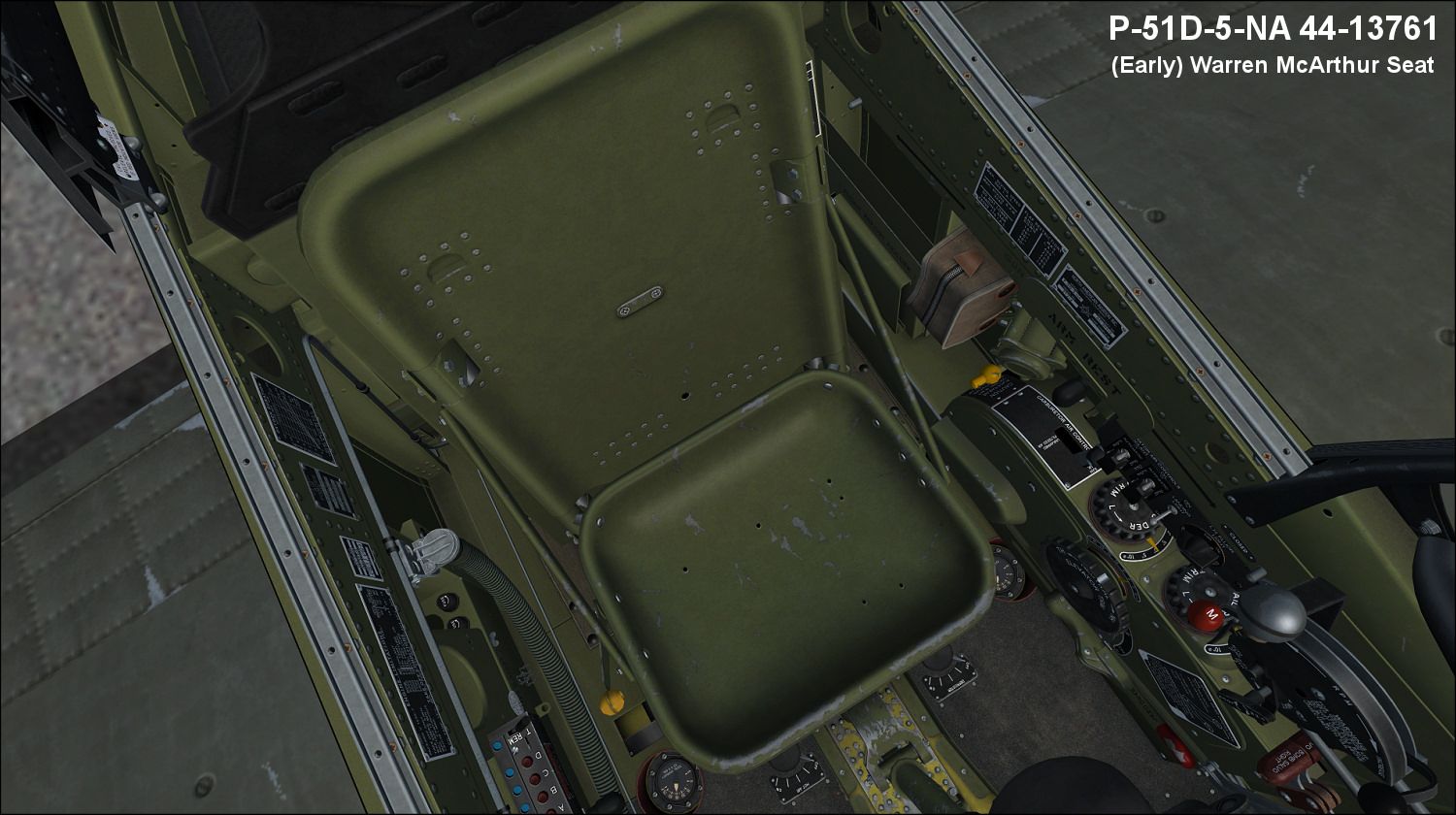 <o
<o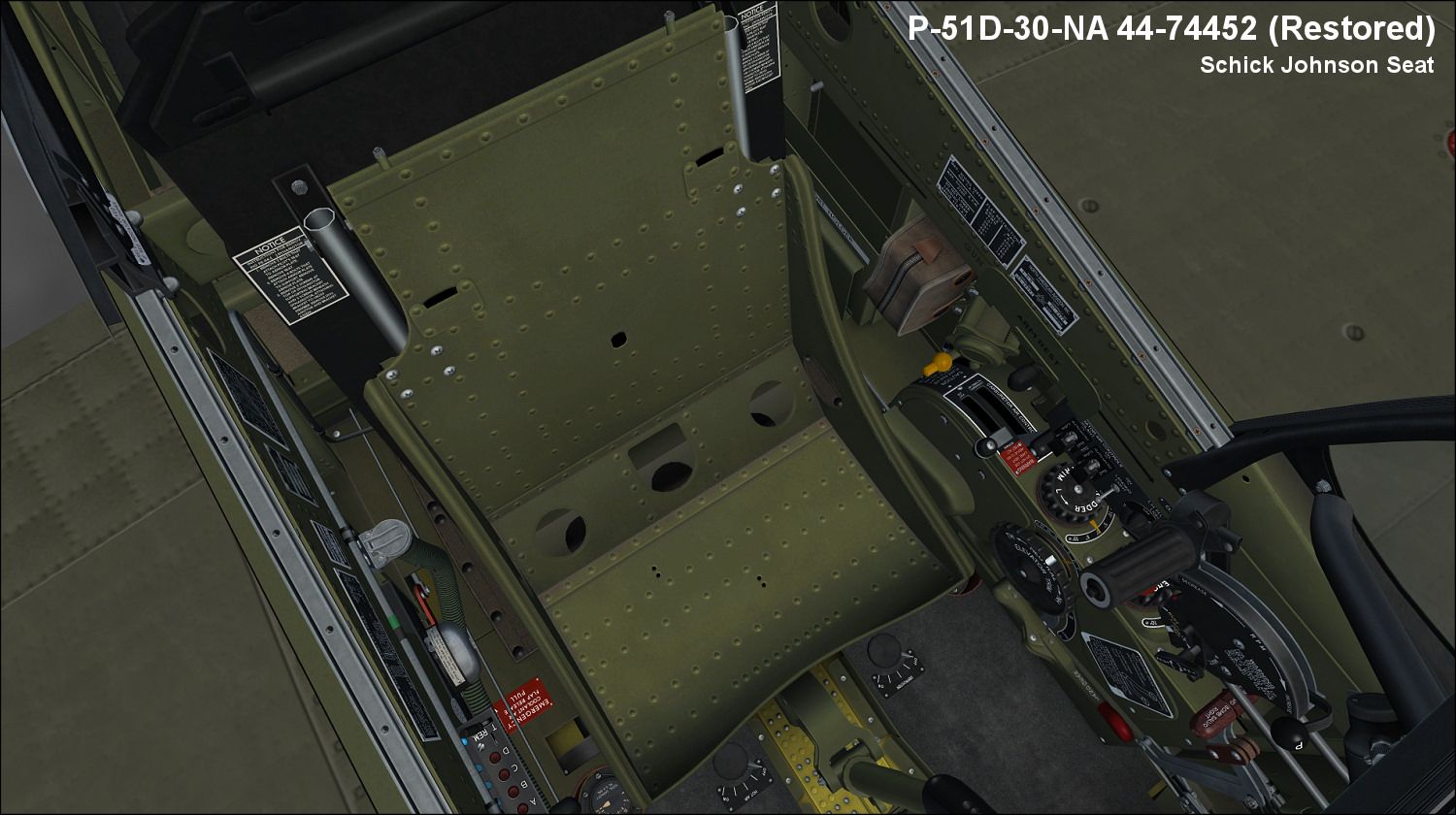 <o
<o
















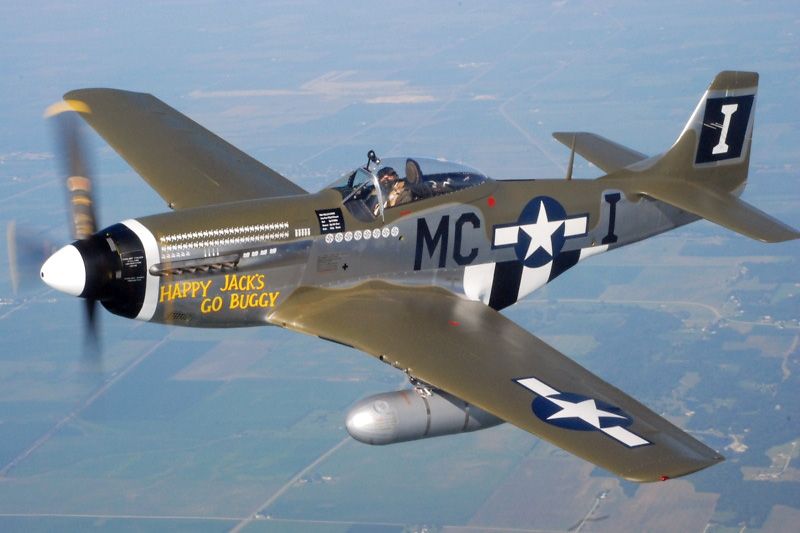
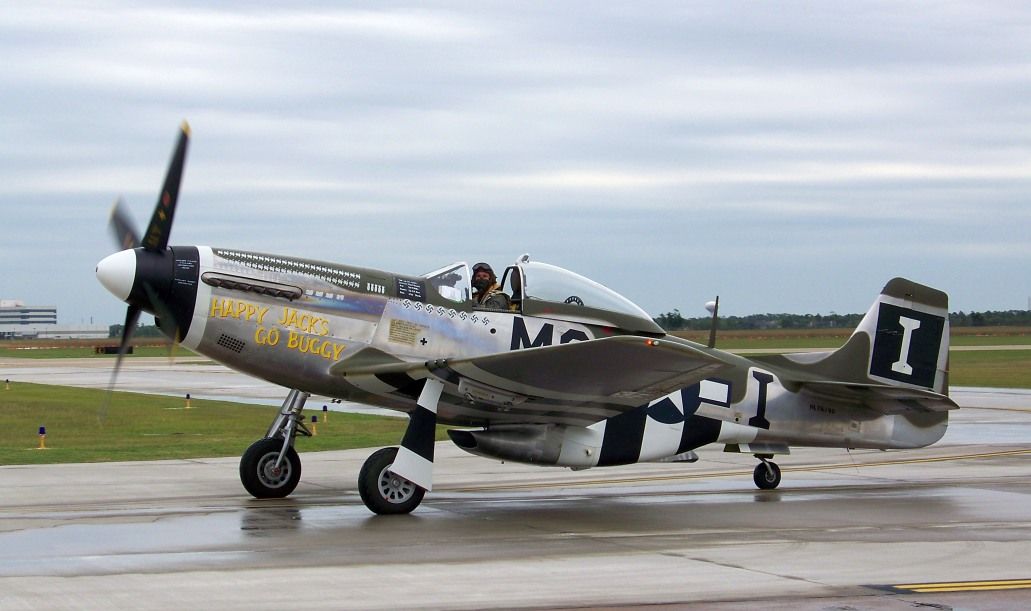
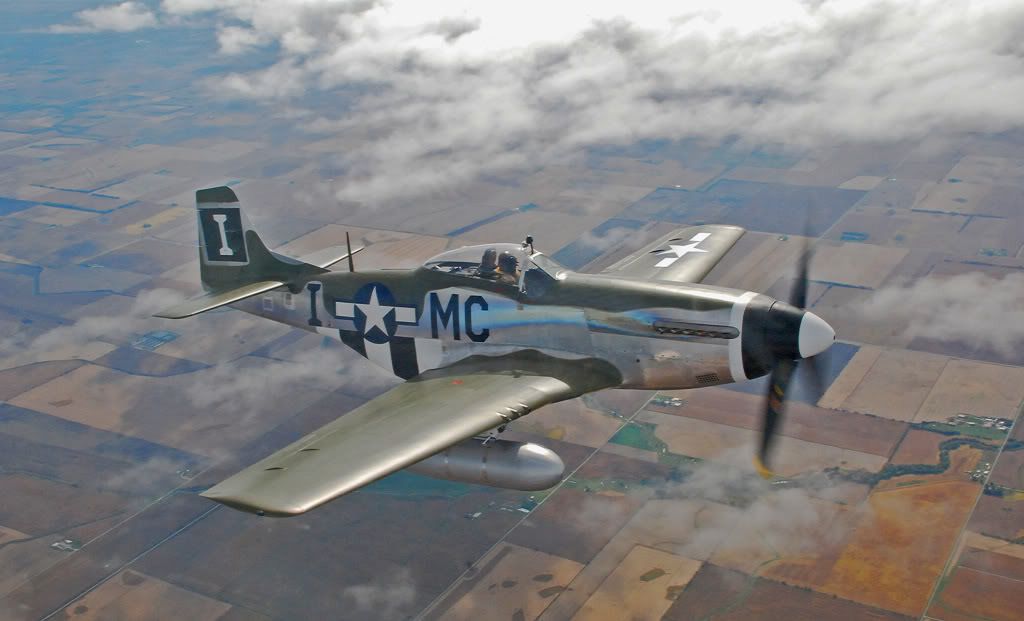
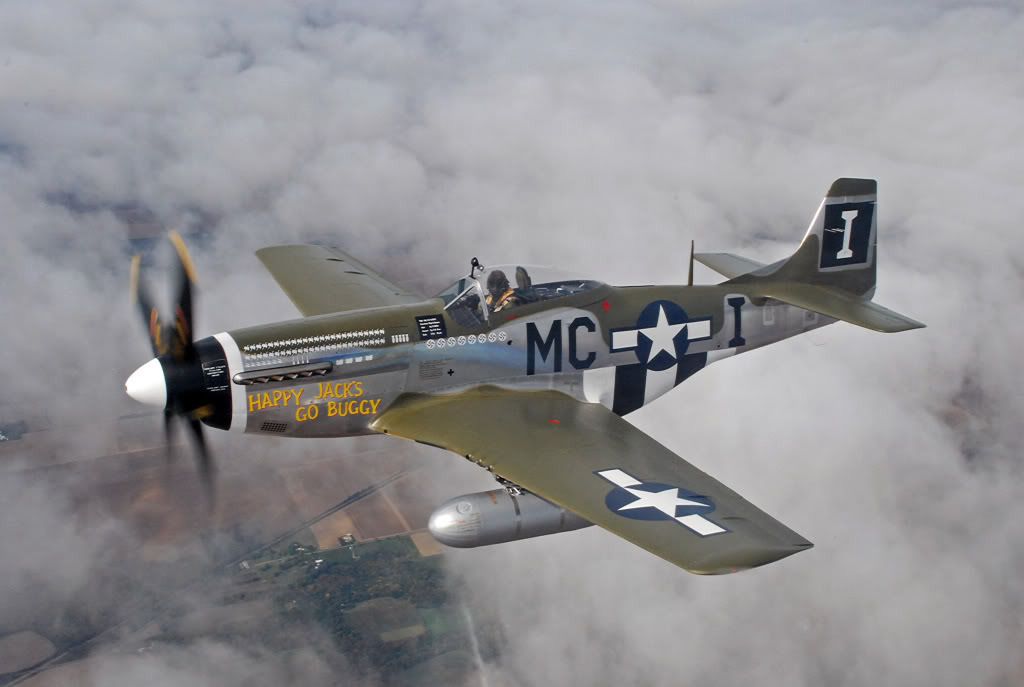



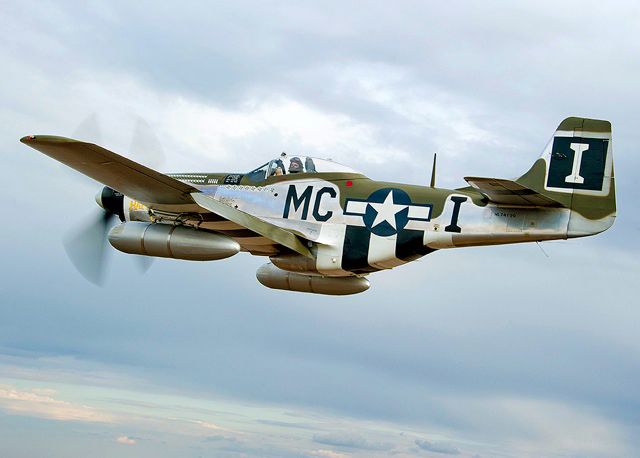





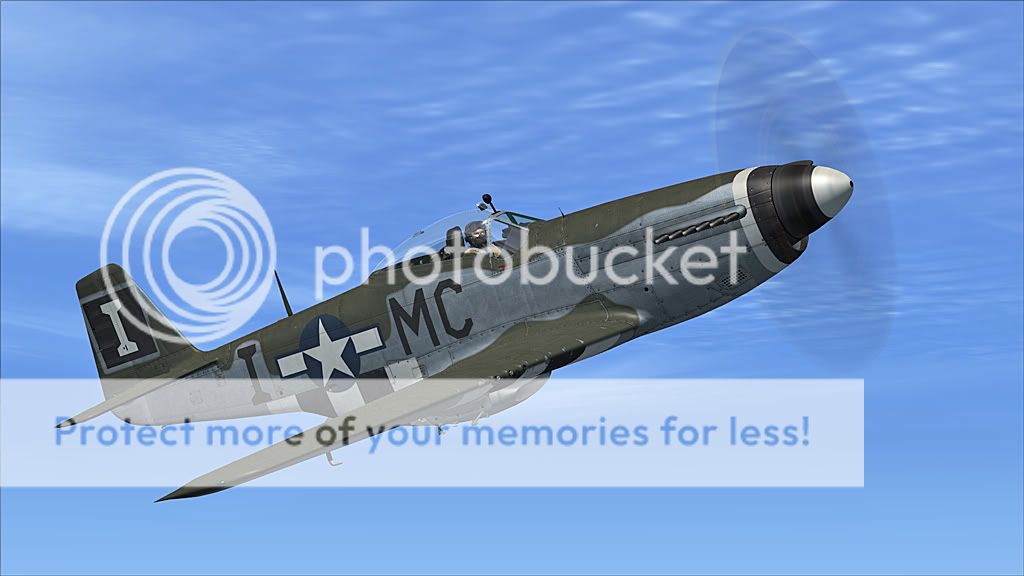
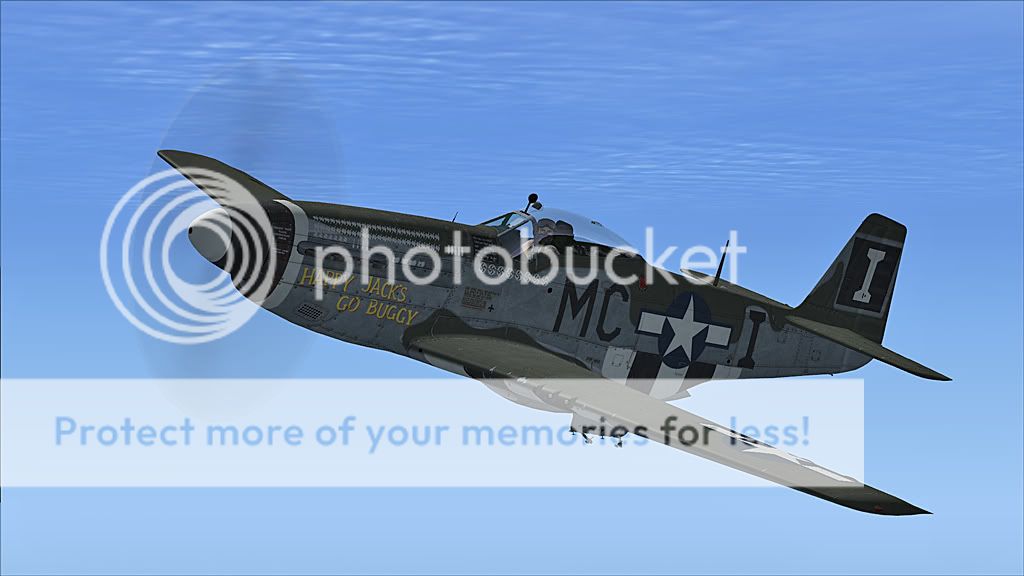
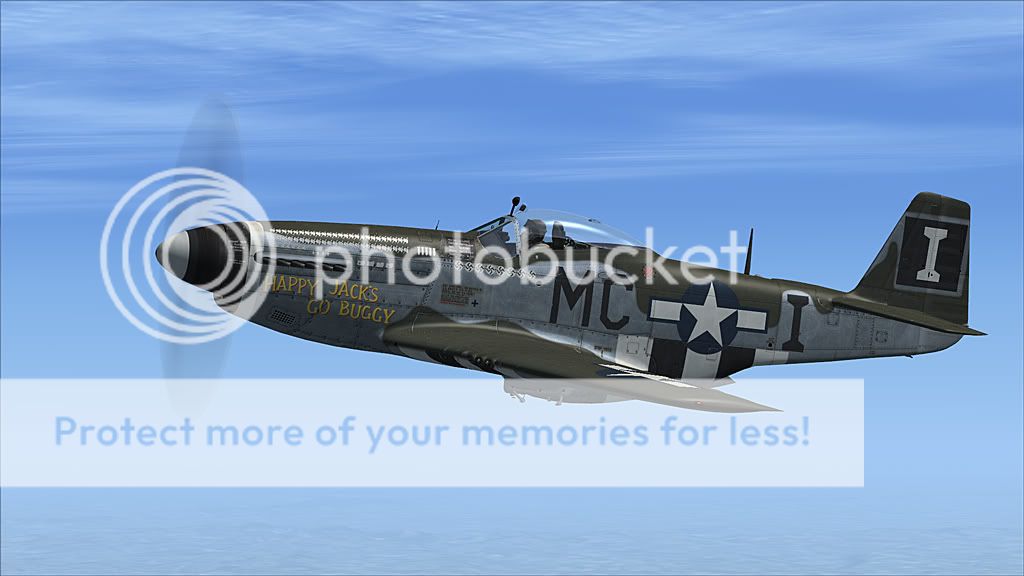
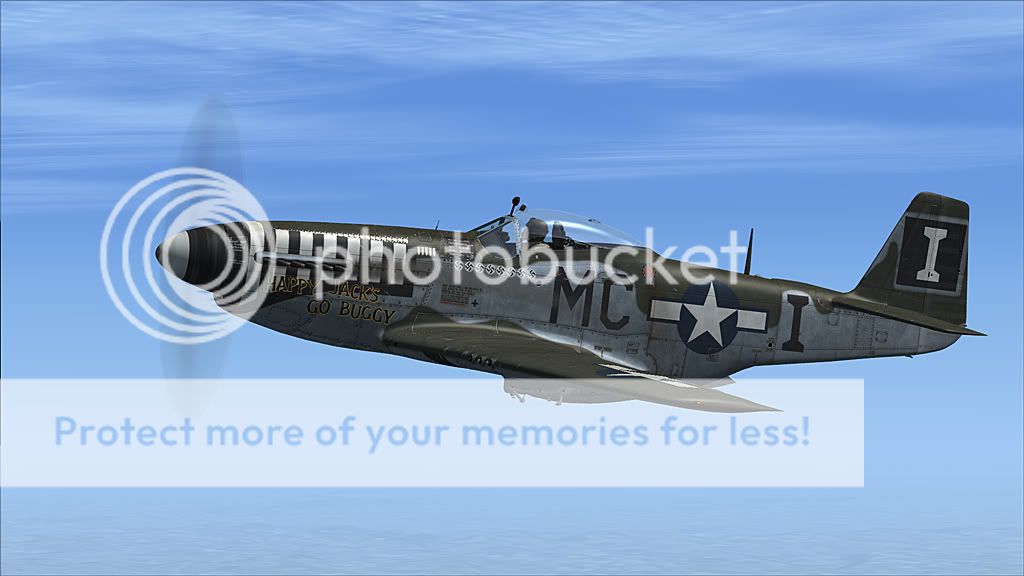






Bookmarks